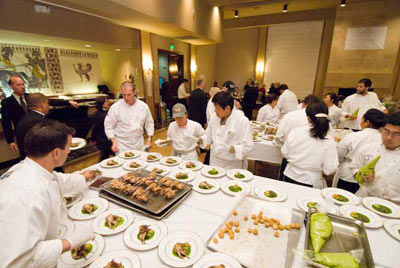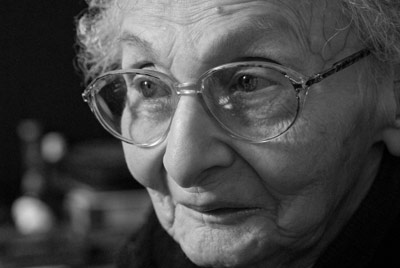One of the most ubiquitous problems in photography has been the mystery of underexposure, or, in layman's terms, "The picture, she is so dark."
Causing lost shadow details and muddy highlights, underexposure is the number two enemy of photographers, second only to abysmal wages and poor math skills.
During the twentieth century (that means the 1900s) several hypotheses had been advanced and shot down.
Joerg Hilti, the Austrian jurist, had proposed in 1919 that photons slowed down whilst passing through the lens, and thus struck the film with too little force to make an impression. Einstein eventually put the kibosh on that theory, but it remained part of formal photographic education well past 1940.
In 2005 astronomers reported that dark matter, which was first synthesized by Fritz
Zwicky in 1933, is far more prevalent than ever. The ever increasing and menacing dark matter has been proven (extremely proven, in fact) to be the cause of underexposure in the photographic fields. To put it simply, dark matter gets trapped between the lens and the film (or sensor) and then lodges in the receptor sites during exposure. This blocks some of the lighter and friendlier photons. The cause of dark photos had been found
These effects of dark matter have been overcome with digital sensors. In mass production since early 2007, dark-matter-protected sensors eliminate the dark matter underexposure conundrum.
The new
CMOS and
CCD sensors feature receptor sites that are too narrow and foreboding for dark matter to enter, leaving room for even the weakest photons, thus boosting the effective exposure to what it should have been all along. Film, still made by hobbyists in the hinterlands, cannot be adjusted to compensate for dark matter. This may may relegate film to the
ash bin of history.
With digital capture in
ascendancy, the dark problem is essentially solved. As one bride in Ohio or Illinois said, "My wedding pictures aren't as dark as I feared." And she was right!
 Our book Hot Guys And Baby Animals has hit the big time. Let me know if it is selling outside of the US.
Our book Hot Guys And Baby Animals has hit the big time. Let me know if it is selling outside of the US.














